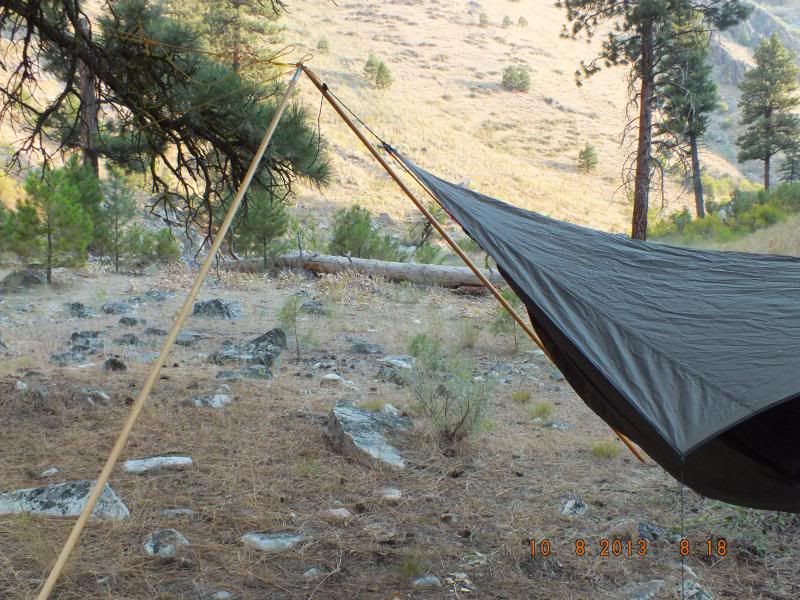I was in the Schuyler Thomsons canoe shop yesterday and talk turned to poling and some of the different types of wood poles. He knows about the pine "closet pole" alot of folks use, he never has used one though. He knows about the aluminium poles and understands their popularity, but he never owned one either.
He has a few older spruce poles that he made himself. Being a canoe builder he used a crooked knife and spoke shave to form spruce trees into serviceable poles and he even had a local source for pointed shoes at one time.
He told me that on a northern Quebec canoe trip where he had a first nations guide, he learned that the best canoe pole came from a burned over forest. The guide showed him that even though the outside of the tree was charred, it was dry and light weight, and very sturdy.
He has a few older spruce poles that he made himself. Being a canoe builder he used a crooked knife and spoke shave to form spruce trees into serviceable poles and he even had a local source for pointed shoes at one time.
He told me that on a northern Quebec canoe trip where he had a first nations guide, he learned that the best canoe pole came from a burned over forest. The guide showed him that even though the outside of the tree was charred, it was dry and light weight, and very sturdy.



